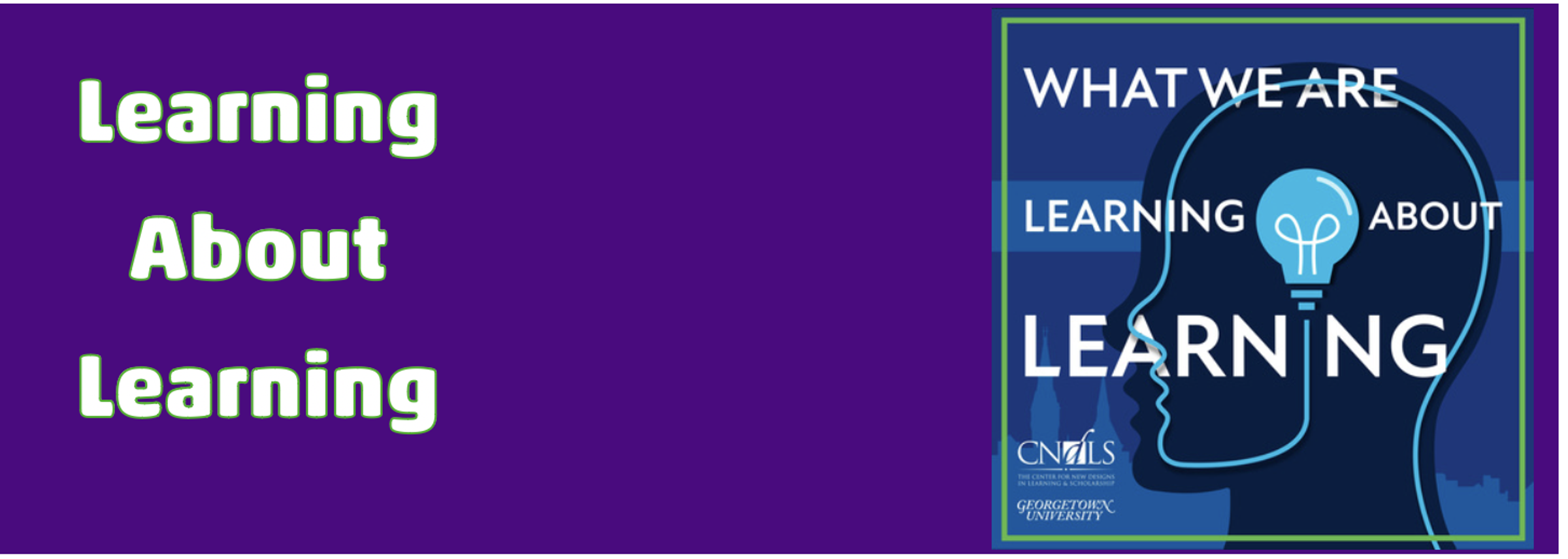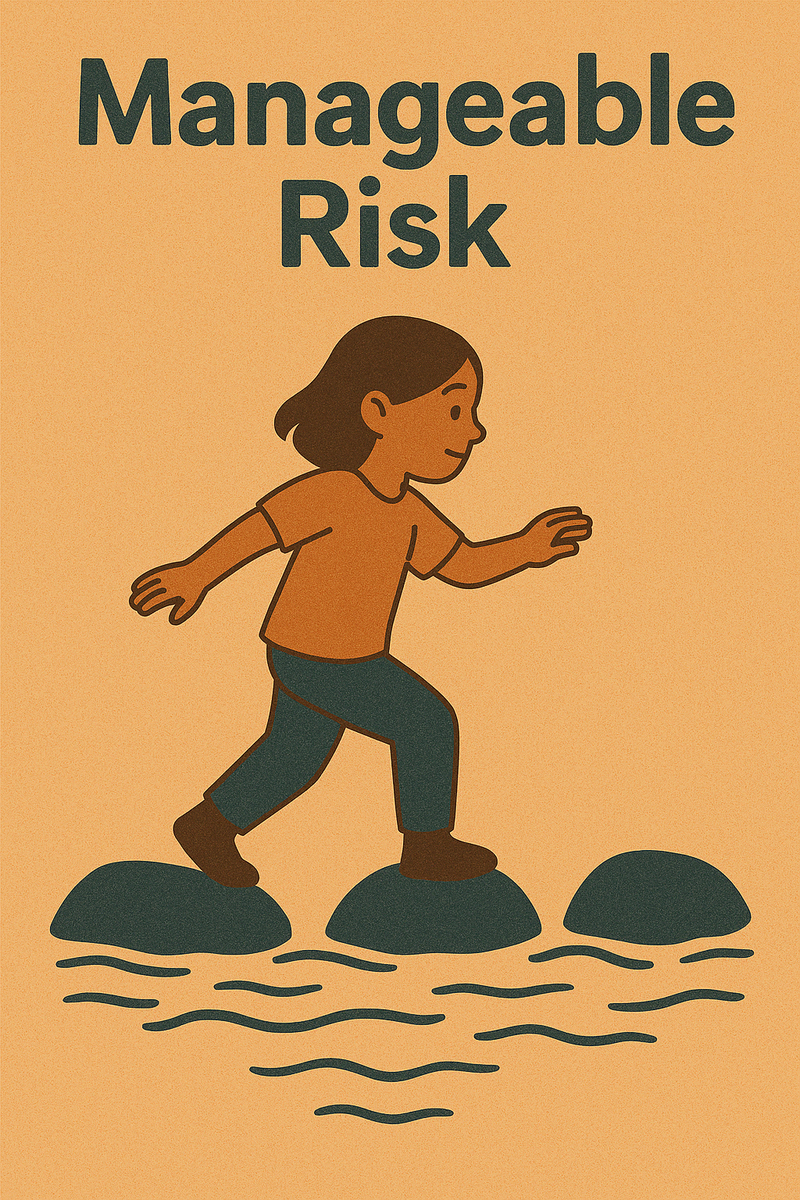Learning About Learning:

Number 4 in a Series: Building Learner Resilience
Manageable Risk
Why safe risk-taking is essential for resilience and real-world readiness
We live in a world that often feels more uncertain, complex, and fast-paced than ever before. As adults, it’s only natural that we want to keep our children safe from harm, heartbreak, or failure. But if we remove all risk from their lives, we also remove the very experiences that help them grow strong, capable, and confident.
The key lies in manageable risk—those age-appropriate, intentional opportunities for children to test their limits, make choices, learn from consequences, and feel the thrill of independence.
What is manageable risk?
Manageable risk isn’t about danger or recklessness. It’s about providing experiences that carry some degree of uncertainty or challenge, while remaining within the bounds of safety and supervision. These experiences allow learners to explore their environment, develop judgment, and build resilience through real-world learning.
For example:
- Climbing trees or using playground equipment in creative ways.
- Navigating minor conflicts without adult interference.
- Performing in front of others, even with butterflies in their stomach.
- Trying something unfamiliar—like a new sport, a leadership role, or an outdoor adventure.
Each of these activities involves risk. But they also involve growth. As an old saying goes, “A ship is safe in harbour—but that’s not what ships are built for.”
Why it matters
International research consistently highlights the benefits of risk-taking in childhood development. A 2015 review by Brussoni et al. (University of British Columbia) found that children who engage in outdoor play involving some risk are:
- More physically active,
- Better at self-regulation,
- More socially skilled,
- And less likely to develop anxiety and phobias.
The researchers concluded:
“Risky play promotes children’s development, health, and wellbeing by offering opportunities for problem-solving, social interaction, and learning from failure.”
In other words, manageable risk supports the whole child, mind, body, and spirit.
The cost of overprotection
When we shield children from all risk, we may inadvertently teach them that the world is a dangerous, unpredictable, and untrustworthy place. This can lead to increased anxiety, reduced self-confidence, and limited problem-solving skills.
Psychologist Peter Grey, in his work on play and autonomy, argues that:
“Children deprived of opportunities to take risks tend to become more anxious and less able to handle life’s normal stresses.”
We don’t want to raise children who panic at the first sign of discomfort or avoid trying new things out of fear. We want to raise learners who can assess situations, make informed choices, bounce back from setbacks, and trust themselves.
From playgrounds to classrooms
At Western Heights School, we’re intentional about creating environments where manageable risk is accepted and embraced. It's why we allow children to climb trees and make and use their own tools as part of our Bush Classroom programme.
Those risk-opportunities may involve climbing higher than before, tackling challenging maths concepts, or standing up to present their ideas, creations or learning. We support our learners to take smart risks and reflect on the outcomes.
You might hear a child say, “I was nervous, but I did it!” That’s resilience in action.
Here are a few principles we follow:
- Scaffolded support: Adults are nearby to offer guidance, but not to control every decision.
- Reflective learning: Learners are encouraged to discuss what they learned from the experience—what worked, what didn’t, and what they’d do differently next time.
- Emotional safety: Risk doesn’t just mean physical challenges; it can also be emotional. We work hard to create spaces where it’s safe to express ideas, make mistakes, and ask for help.
Bringing it home
Parents can support manageable risk, too. Here are some simple ideas:
- Let your child walk a short distance independently.
- Encourage them to order their own food at a café.
- Allow them to navigate a disagreement with a friend before stepping in.
- Resist the urge to “fix” everything—coach them through it instead.
The goal isn’t to throw children into difficult situations unprepared. The goal is to gradually stretch their confidence and competence in ways that feel empowering and supported.
Final Thought
Resilience isn’t developed through ease. It’s developed through experience. We’re committed to growing learners who are academically capable and emotionally and socially equipped for life.
By embracing manageable risk, we give children a powerful message:
You are capable. You are trustworthy. You are ready to try.
Only when children are allowed to take risks can they discover just how strong, brave, and wise they truly are.

